Texas Garden Ideas: Inspiring Tips for Lush Landscapes
Creating a thriving garden in Texas can be a fun and rewarding experience. The unique climate and soil conditions in Texas offer plenty of options for beautiful and practical landscaping. Whether you’re looking to attract butterflies, grow native plants, or simply add more greenery to your space, there are many ideas to explore.

Want to create a garden that not only looks great but also withstands the Texas heat? You can choose from a variety of low-maintenance, drought-tolerant plants that will flourish in your yard. From colorful flowers to hardy shrubs, these ideas can help you transform any outdoor space into a stunning Texan garden.
1) Rustic Wildflower Garden

A rustic wildflower garden brings a burst of color and life to your yard. By planting native Texas wildflowers, you can create a space that feels both natural and beautiful.
Using Texas native plants like the Blackfoot Daisy and Gregg’s Mistflower, you can attract butterflies and birds to your garden.
Mix and match these wildflowers to create a vibrant, low-maintenance environment that flourishes in the Texas heat. This type of garden not only looks great but also supports local wildlife.
2) Native Texas Prairie Grass
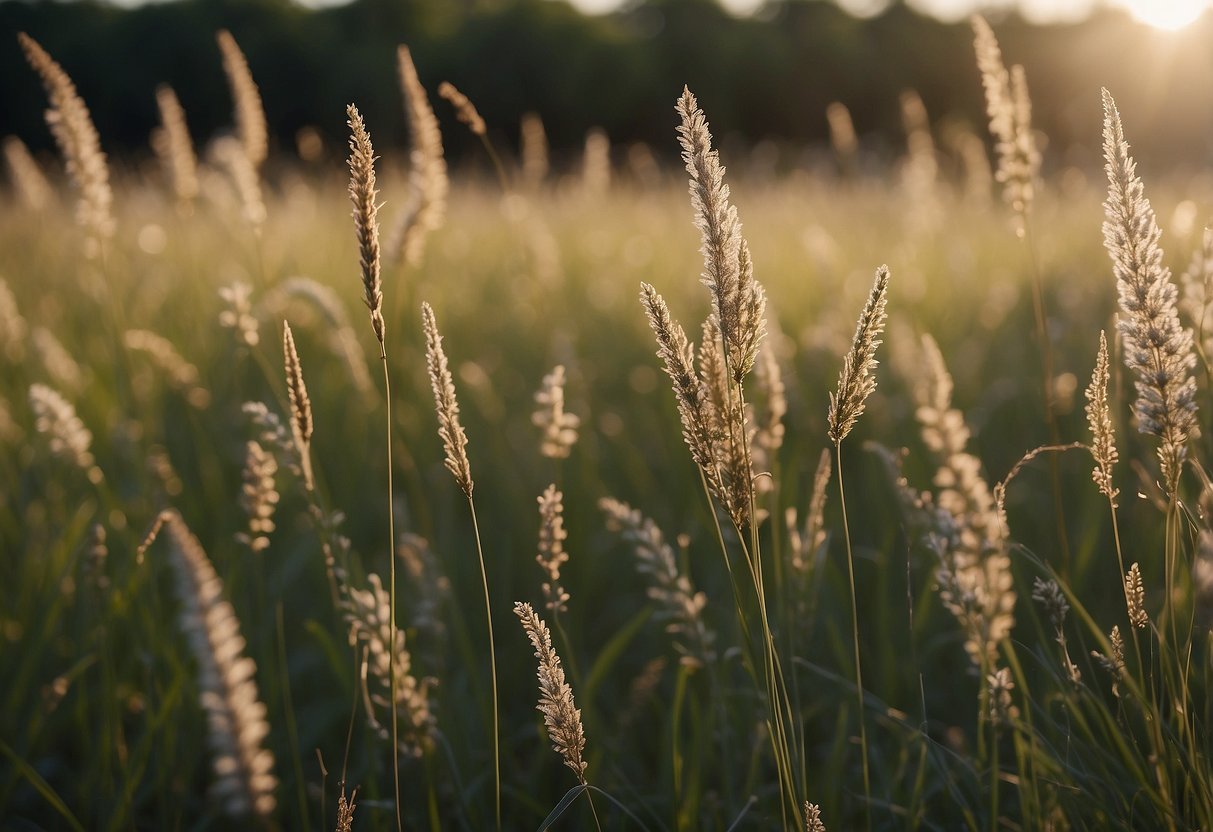
Native Texas prairie grass can add a vibrant touch to your garden. You might consider planting big bluestem, also known as ‘ice cream for cows.’ This grass is tall and attractive, making it great for adding height.
Short grasses like buffalo grass thrive in Texas’ semiarid conditions. Tall grass prairies include varieties that can reach up to 8 feet high, giving your garden a dynamic look. Both types offer beauty and resilience.
3) Succulent Rock Garden

Add a unique touch to your Texas garden with a succulent rock garden. You’ll love how the hardy succulents thrive in the hot Texas weather. Use stacked rocks to add height and variety.
Choose a mix of succulents with different shapes, sizes, and colors. Incorporate native rocks to blend naturally with the landscape.
Arrange the plants and rocks in creative ways. This creates a dynamic and interesting garden space everyone can enjoy.
4) Butterfly and Pollinator Haven
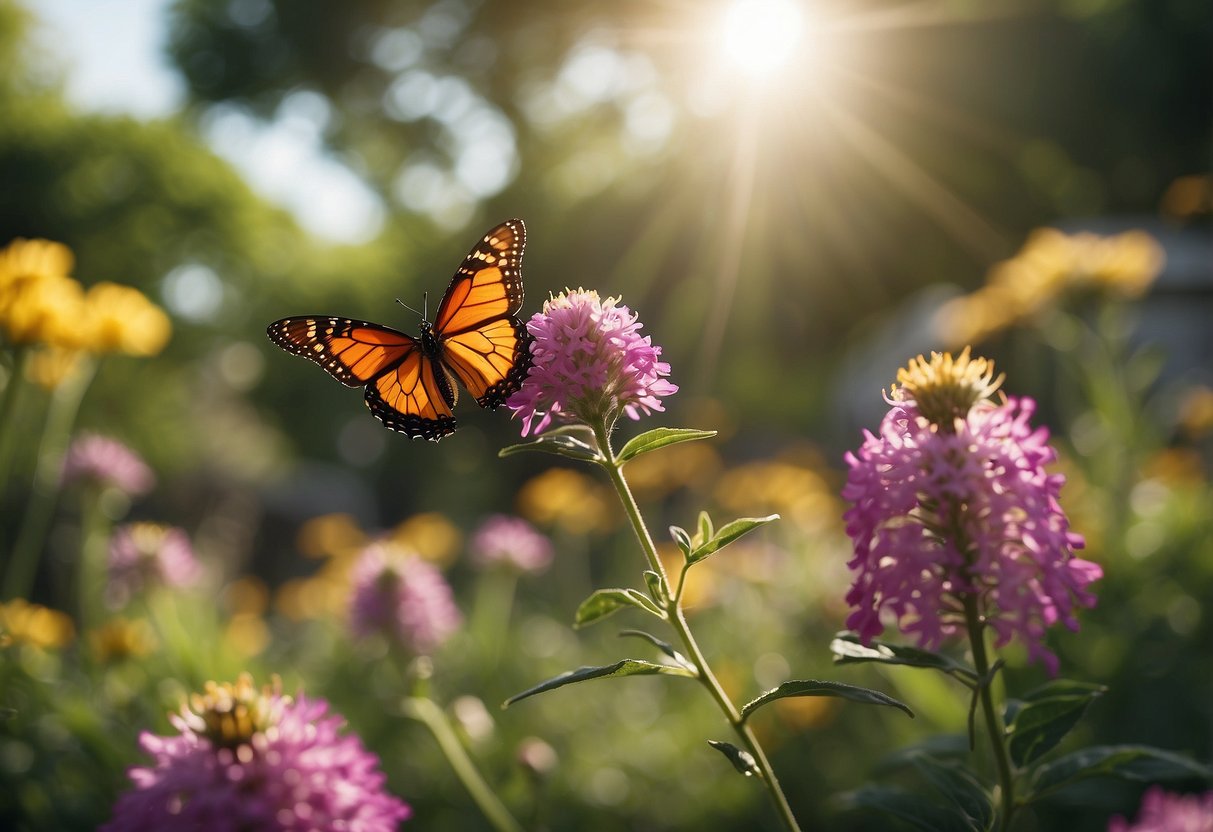
Creating a garden that attracts butterflies and pollinators adds beauty and helps the environment. To get started, choose a sunny spot in your garden. Butterflies, bees, and hummingbirds prefer areas with at least six hours of sunlight.
Include a mix of plants that cater to all pollinators. Native pollinator plants work best. For butterflies, plant both “host plants” for caterpillars and “nectar plants” for adult butterflies.
Colorful flowers such as Purple Coneflower and Mountain Sage are excellent choices. These plants are not only pretty but also durable, thriving in Texas conditions.
5) Drought-Tolerant Cacti Collection
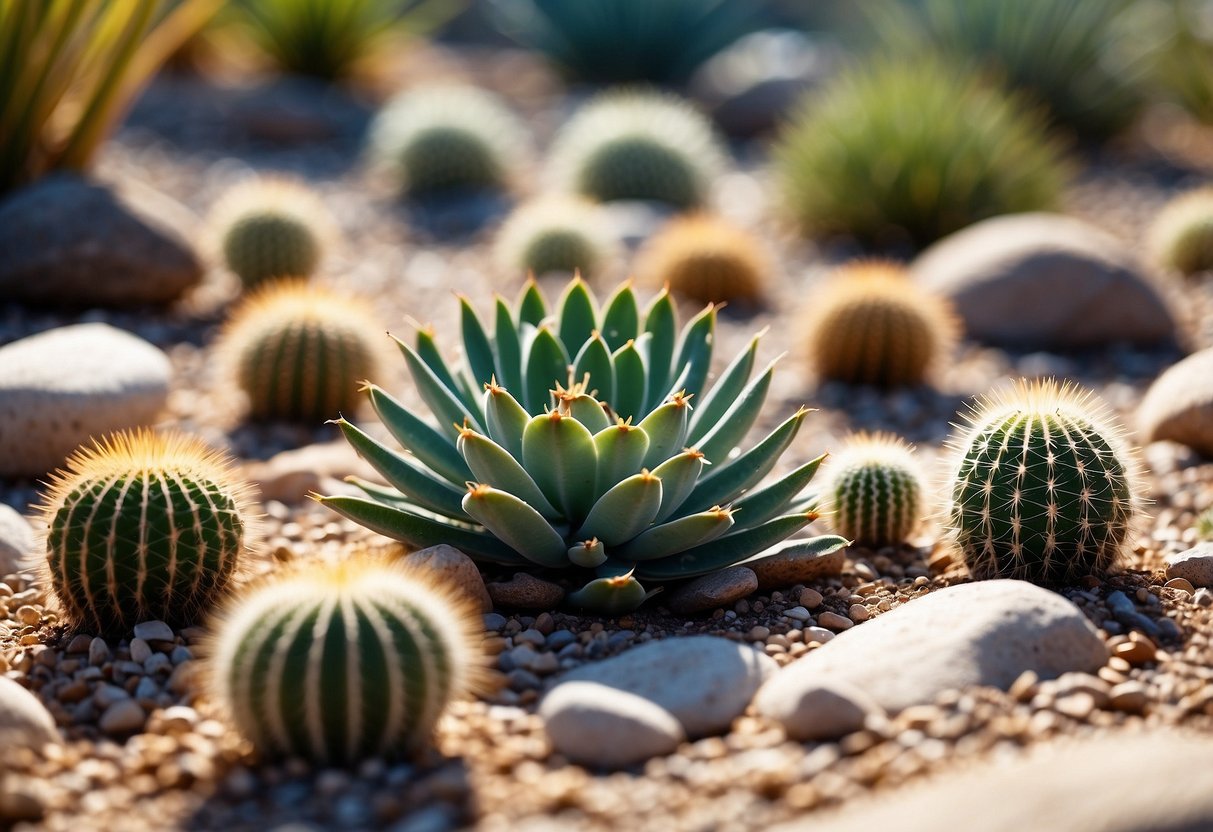
Adding drought-tolerant cacti to your Texas garden is a great idea. These plants save water and need little maintenance.
Consider the Beavertail cactus. It grows up to 6 feet wide and has bright cherry pink flowers.
Another option is the prickly pear cactus. It’s a classic choice and thrives in dry conditions.
Mixing different cacti creates a beautiful, low-water landscape for your garden.
6) Vintage Cowboy Boot Planters
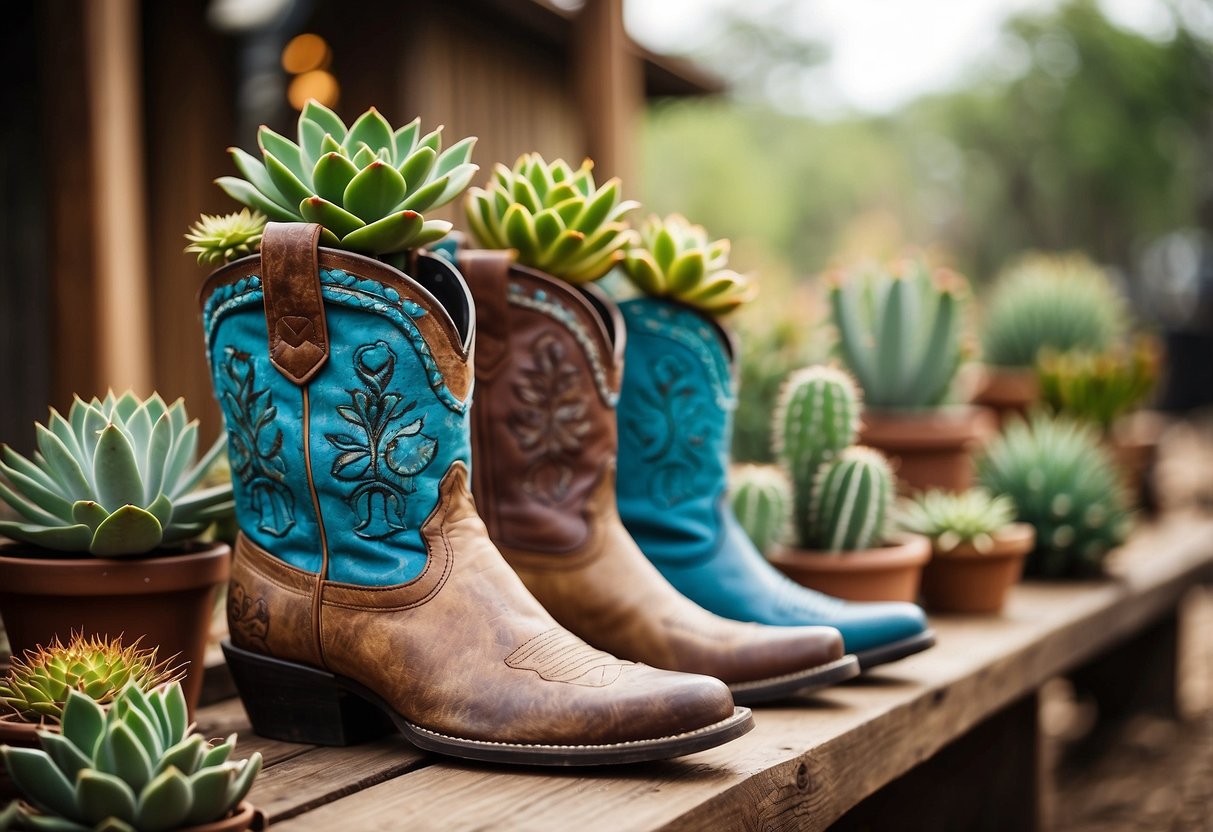
Add a touch of Western charm to your garden with vintage cowboy boot planters. These unique planters bring a rustic vibe and can be a great conversation starter. You can find vintage options on Etsy, such as the Vintage Cowboy Boot Vase that doubles as a planter and doorstop.
These boots often come in various styles and materials, from ceramics to concrete. They can fit any garden theme, adding both functionality and décor. Place them by your front porch or in your backyard to enhance your garden’s look.
7) Lone Star Flag Landscaping
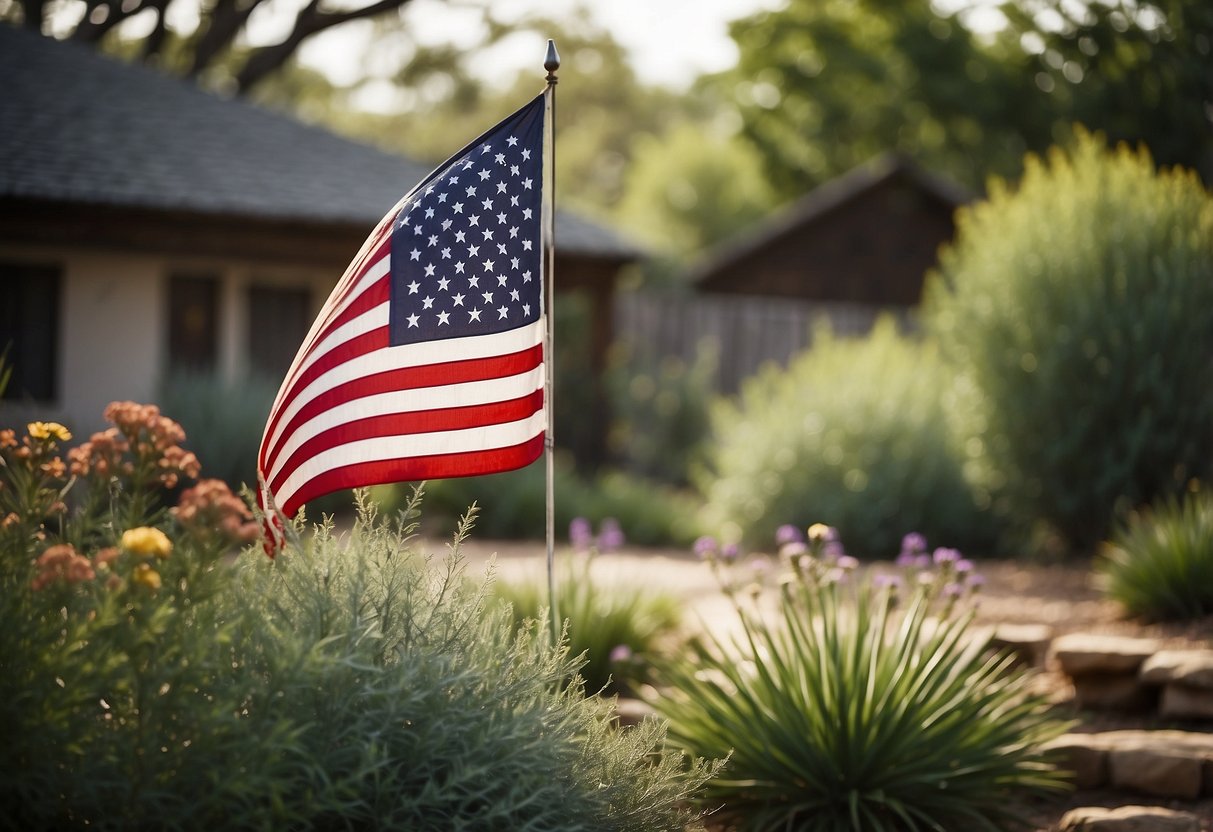
Show your Texas pride by incorporating the Lone Star Flag into your garden. You can use colored gravel, painted stones, or even flowers to create the flag pattern.
Use red, white, and blue flowers like red salvia, white petunias, and bluebonnets to bring the flag to life. It’s a fun and unique way to celebrate your love for Texas in your backyard.
8) Herb Spiral Garden

Building an herb spiral garden is both fun and functional. You use stones, bricks, or wood to create a spiral shape. Start from the center and work your way outwards and upwards.
Plant herbs that love the sun, like rosemary and thyme, on the top. Those that enjoy shade and more moisture, like parsley and chives, can go towards the bottom.
9) Bluebonnet Bed

Adding a bluebonnet bed to your Texas garden brings vibrant colors and local pride. Bluebonnets were named the state flower of Texas and thrive in the Texas climate.
Plant bluebonnets in an area that gets 8-10 hours of direct sunlight daily. They prefer well-draining soil and need little water.
Remember, bluebonnets thrive with a bit of neglect. Avoid over-watering and let nature take its course. This hands-off approach helps them grow strong and healthy. Give them space to spread out and you’ll soon enjoy a beautiful, blooming bed.
10) Fruit Trees for Small Yards

Dwarf fruit trees are perfect for tight spaces in Texas. These trees stay small but still produce plenty of fruit.
Consider planting a plum tree. They only grow 5-6 feet tall with pruning.
Another great option is the dwarf apple tree. It can grow on a small patio or balcony and still give you tasty apples.
Try a dwarf peach or nectarine tree as well. They’re perfect for small gardens and can thrive in Texas weather.
Planning Your Texas Garden

To start planning your Texas garden, you’ll need to think about the climate zones and how to prepare your soil. Texas has various climate zones, and preparing soil well is crucial for growing healthy plants.
Understanding Texas Climate Zones
Texas has climate zones ranging from 6a to 10a. Knowing your zone helps in selecting the right plants that can thrive. For example, in Zone 6a, colder winters mean you should wait until late April or early May to plant. In Zones 7a and 7b, with moderate winters, you have a larger planting window. Using a hardiness zone map can be very helpful. You can find reliable maps on gardening websites that show detailed information about each zone in Texas. By selecting plants suited to your zone, you can increase your chances of gardening success.
Soil Preparation Tips
Good soil preparation is key to a thriving garden. Start by testing your soil’s pH, which should be between 6.0 and 7.0 for most vegetables. You can buy a soil test kit at a garden center. Next, till the soil to a depth of about 12 inches. This loosens up the dirt and allows roots to grow better. Add compost or organic matter to improve soil structure and fertility. About two to three inches of compost mixed into the soil should do the trick. Additionally, using mulch helps retain moisture and suppresses weeds. Regularly checking and adjusting your soil will keep your garden healthy and productive. For specific tips, check out the Texas A&M AgriLife Extension Service guide.
Choosing Plants for Texas Gardens

Selecting the right plants for Texas gardens involves opting for native species and those that can handle drought conditions. These choices ensure your garden thrives in the Texas climate.
Native Texas Plants
Native plants are excellent for Texas gardens as they are well-adapted to the local climate and require less maintenance. One example is the Turk’s cap, a tropical shrub with bright red flowers and heart-shaped leaves. It grows up to 5 feet tall and is perfect for adding vibrant color.
Another great option is the Black Prairie Clover, known for its pinkish blooms that attract bees and butterflies. This perennial shrub grows to about 3 feet and thrives in full sun.
Consider using Salvia farinacea ‘Henry Duelberg’. It attracts hummingbirds and butterflies and does not attract deer. Standing between 2 to 3 feet tall, its dark, purplish-blue flowers can brighten any garden.
Drought-Tolerant Varieties
Drought-tolerant plants are essential in Texas due to occasional long dry spells. Lamb’s ear is a popular choice. It forms mounds of silvery green foliage that spreads out, and any extra growth can be easily controlled by thinning.
Peppers, such as bell, jalapeno, and habanero, are not only great for your garden but also for your kitchen. Using bird netting can help protect them from birds and squirrels.
Finally, consider the Blackfoot daisy, a small perennial plant that produces white, daisy-like flowers throughout the season. This hardy plant thrives in dry conditions and is perfect for sunny spots in your garden.
Garden Maintenance
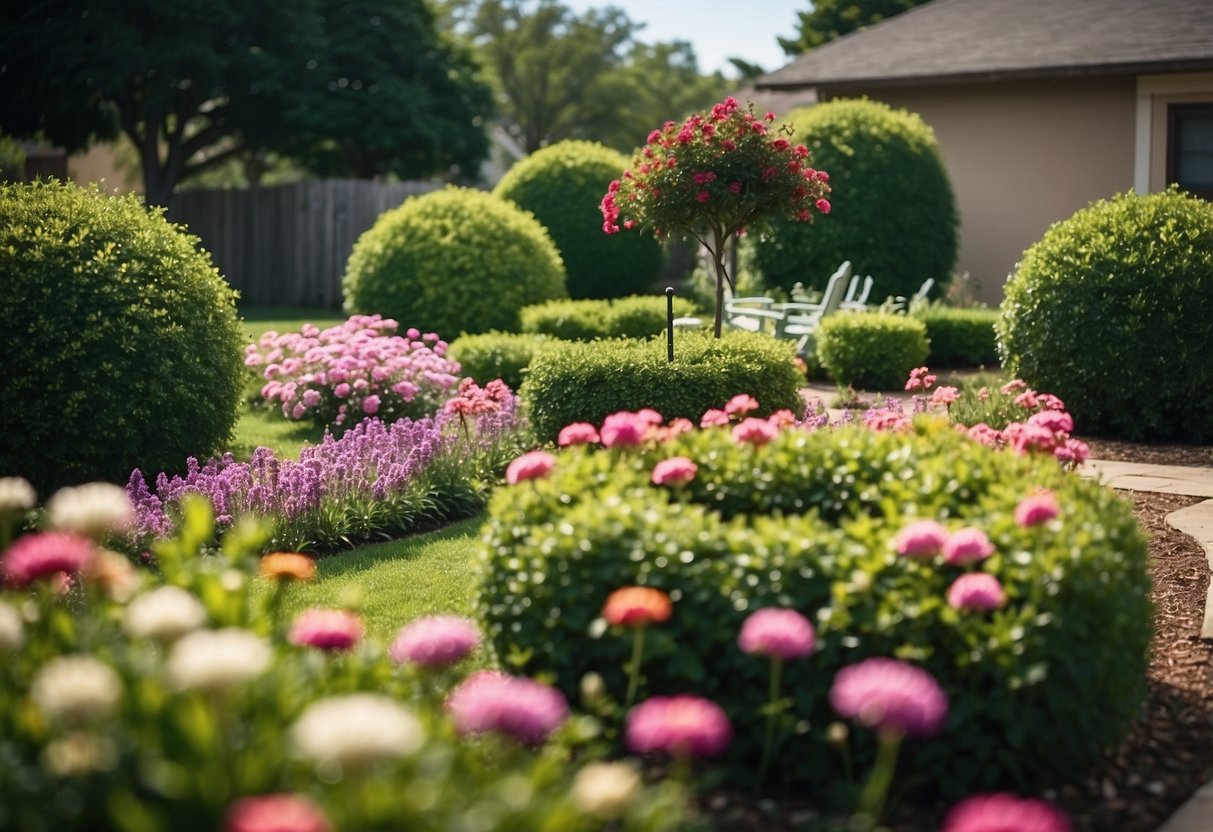
Maintaining a Texas garden involves knowing how to water your plants correctly and managing pests effectively. Let’s explore practical tips in these areas to ensure your garden thrives.
Watering Guidelines
In Texas, it’s important to water your garden early in the morning or late in the evening. This helps reduce evaporation. Aim to water deeply but less frequently. This encourages roots to grow deeper, making plants more drought-tolerant.
Use drip irrigation or soaker hoses to minimize water wastage. These methods deliver water directly to the soil, keeping the foliage dry and reducing the risk of fungal diseases. Mulching your garden is also beneficial. It helps retain moisture and keeps the soil temperature stable.
Check the soil moisture regularly. Stick your finger into the soil about an inch deep. If it feels dry, it’s time to water. Remember, certain plants like succulents and native Texas plants require less water. Adjust your watering schedule based on the plant types in your garden.
Pest Control Solutions
Pest control is crucial to keep your garden healthy. Start by regularly inspecting your plants for signs of pests like holes in leaves, discolored spots, or visible bugs. Early detection can prevent infestations.
Use natural predators like ladybugs or beneficial nematodes, which help control harmful insects. Another method is using neem oil or insecticidal soap sprays. These are less toxic and safer for your garden’s ecosystem.
Consider planting pest-resistant native plants such as Texas sage or lavender. These plants are less attractive to common garden pests. Maintain garden hygiene by removing dead leaves and debris where pests may hide.
Finally, rotating crops and practicing companion planting can also help reduce pest problems over time. For example, planting marigolds with vegetables can deter certain bugs.







